One thing lacking in most photographers sites is their approach and materials. If one read every blog post or followed interviews you might get a sense of what they do, why they do it, or how.
Being a craftsman vs artists leads me think in terms of process and approach rather than to dwell in touchy feely subjectivity.
In the bag
Camera(s) 4×5 Chamonix , Leica M3 or Voightlander Bessa R3M for 135 format
Lenses 4×5: 65mm, 90mm, 135mm, 180mm, 250mm, 300/500 convertible
Filters red, orange, yellow, light blue, polarizer, ND 3stop with step up rings 49 to 67mm
6 film holders, 8x loupe, Sekonic 538 spot meter, dark cloth, reflex viewer, 6×9 roll film holder, small tools, notebook, pens
Lenses for rangefinders: 25mm, 35mm, 40mm, 50mm, 90mm
Tripod – Manfroto 3281BN with Giottos MH-3000 Ball head video QR system.
The perfect pace to hold it all – Atlas Adventure.
Image Capture
Film FP4+, Delta100, Bergger Pancro 400 or HP5 if I need more speed
Favorite subject – moving water, rocks, and trees
Favorite lenses – Schneider 65mm or 135mm – I like wide angles generally
Most used f-stop – f22
Film Development
Developer(s) – Pyrocat HD 3:2:500ml OR Pyrocat M 3.5:2.5:500, HC-110 1:63 for roll film. In 2020 I am also experimenting with Obsidian Aqua film developer.
Stop Bath – usually water
Fixer – Formulary TF5 or Ilford Rapid Fixer 5 minutes
Agitation – Minimal/semi stand for sheet film, More often for roll film
Temperature – I like 70 degrees vs the normal 68
Tank(s) – SP445 by Stearman Press, Metal 135mm tanks
Printing
Enlarger – Beseler 45MX with Multigrade head, 135mm Schneider lens, or a cold light head with Ilford multigrade filters under lens.
Papers – Ilford MGFB Warmtone, Ilford MGFB Classic, Bergger CB Warmtone – generally 8×10 but plan to go larger for some images papers compared
Developer – Ethol LPD 1:2 for 2 to 2:30, Ansco 130 (PF kit) 1:2, but I also like to experiment with the formulary variations
Stop – Kodak indicator stop 30 seconds
Fixer – Ilford Rapid Fixer for 1-2 minutes
Wash Aid – PF Hypo Clear + 15-30 minute final washes
I tend to like a softer image rather than extreme contrast so generally try to work with #2 or lower filters. Even when using a split grade approach I might use 00 and #2 filters vs a #5 filter.
Toners
Selenium – 1:5 for color shift, 1:20 for 2-3 mins archival or to lock in blacks when split toning.
Sepia – Thiourea/Sodium Hydroxide (10% solutions each) – I lean toward partial toning vs full with the mix favoring 50ml T + 70ml SH in 1L of water. Read about my Toning tests
Experimented some with PF Nelsons Gold toner in 2018.
Bleach redevelop in Pyrocat also creates a lovely olive to brown tone.
Digital
Use lowest ISO possible for lighting in camera.
Scanning – I prefer to flat bed scan finished 8×10 prints, but have an iPhone app that converts negatives on my light table to positives for an initial preview.
Initial screening and altering is performed in Adobe Lightroom
Enhanced techniques – nothing beats Photoshop, but I rarely use it much anymore.
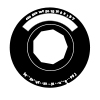
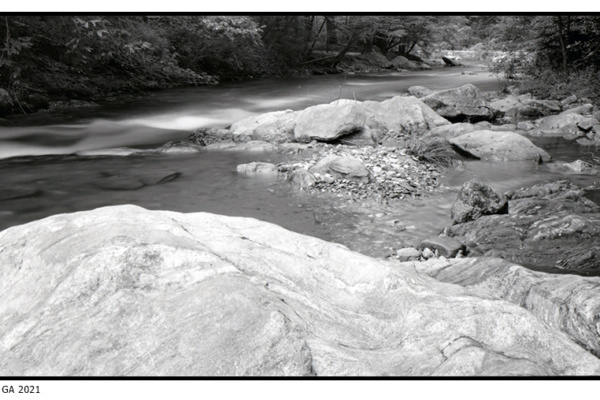
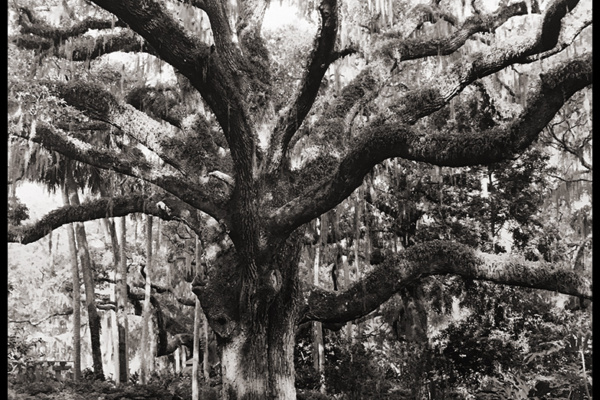
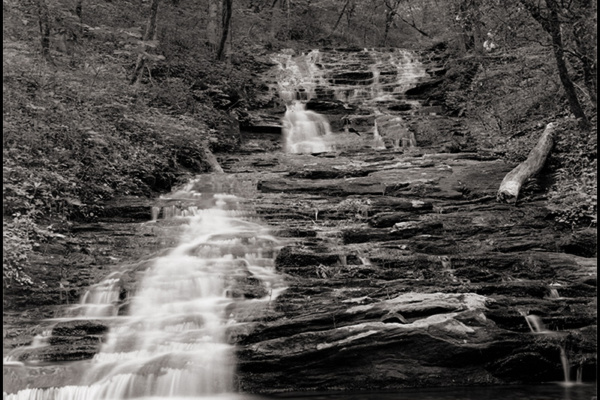
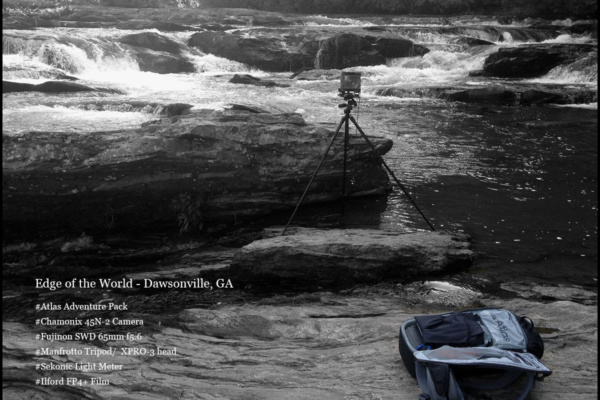
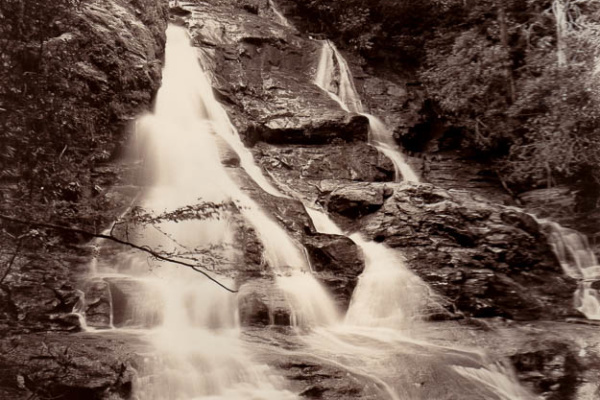
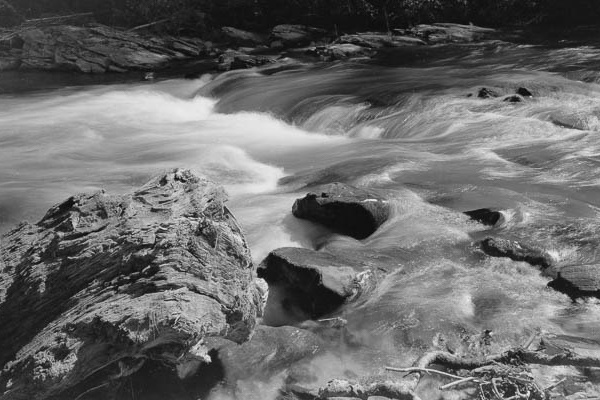
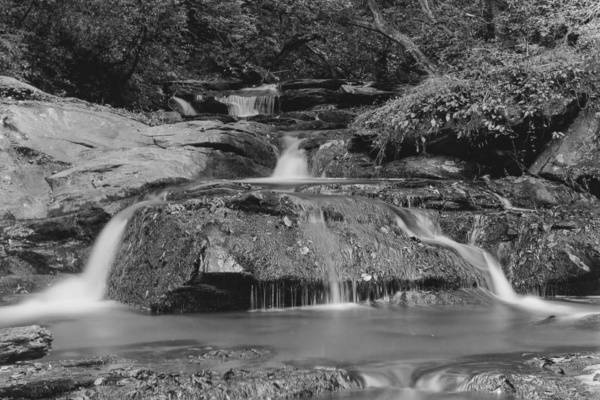
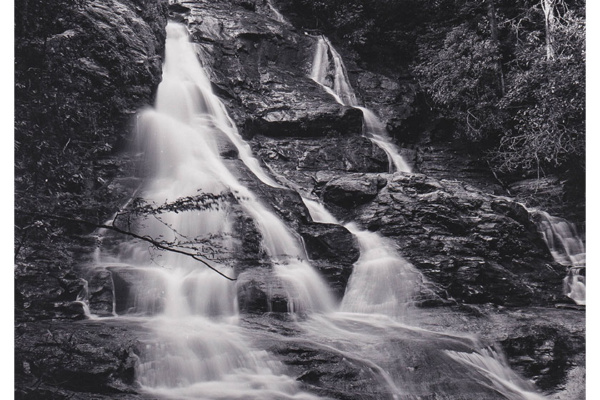
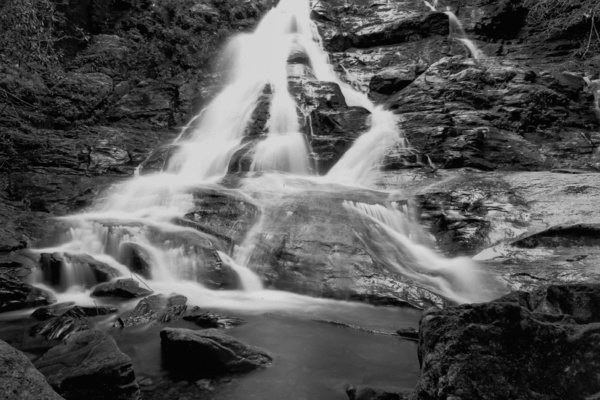
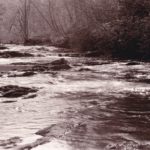 Cooper Creek Warm Tone
Cooper Creek Warm Tone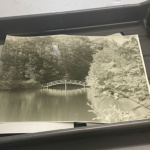 Foma Classic 131 – Testing and Initial Impressions
Foma Classic 131 – Testing and Initial Impressions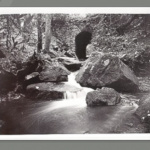 Testing LPD vs PF106 part II
Testing LPD vs PF106 part II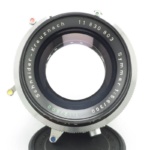 New Gear for 2019
New Gear for 2019